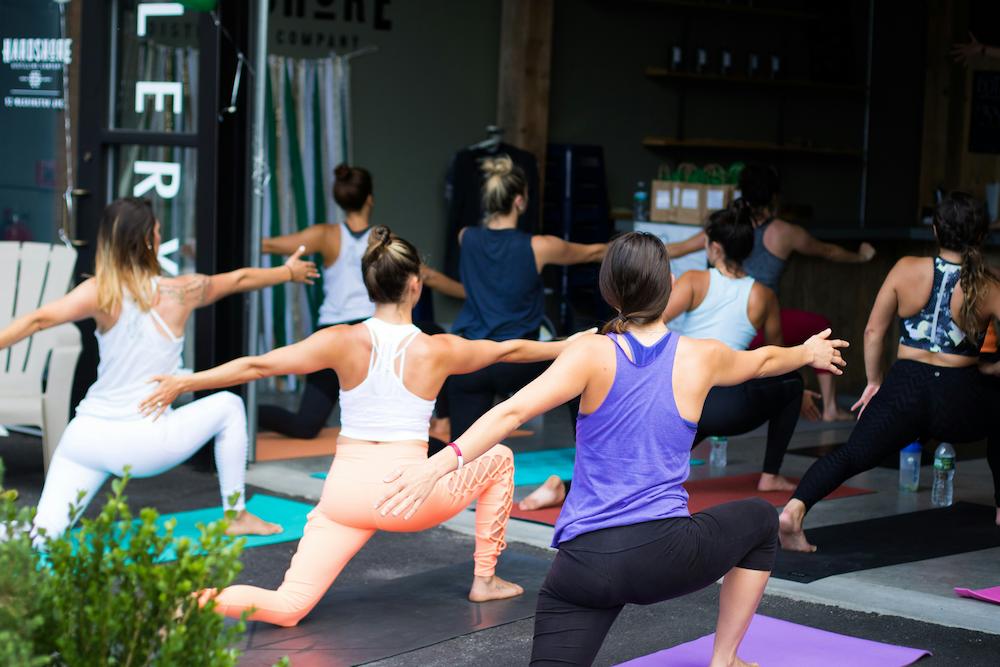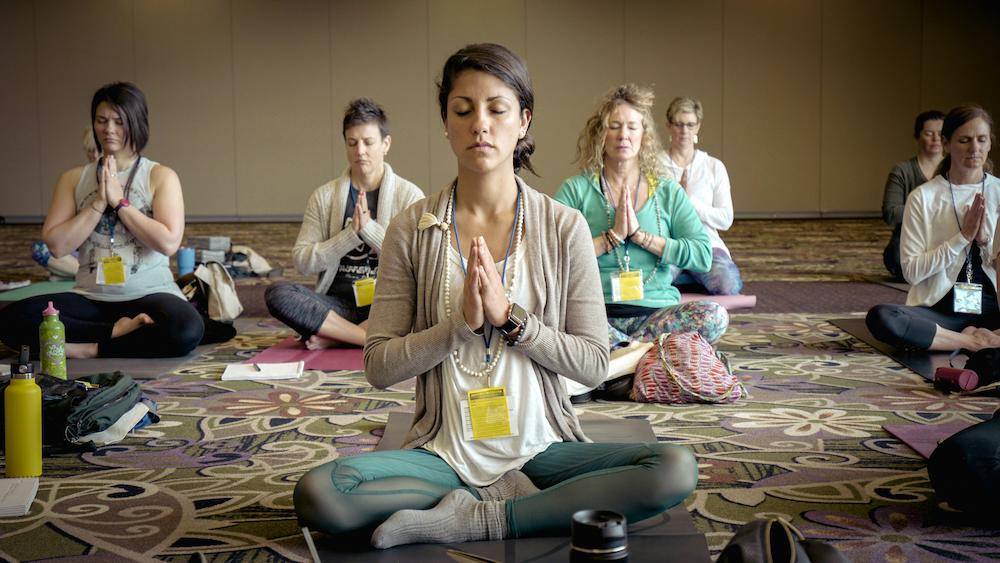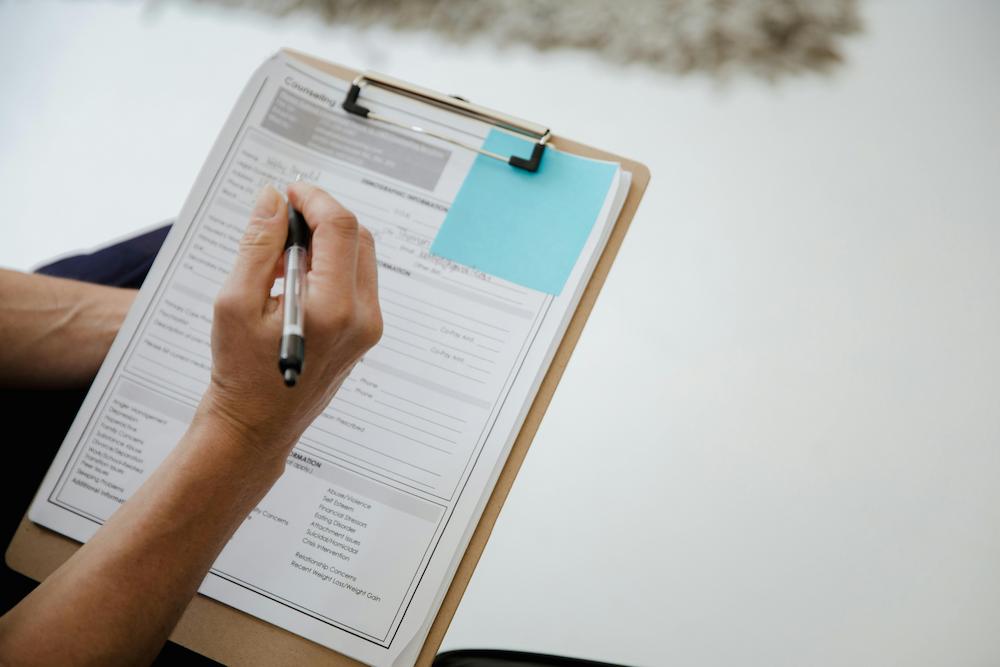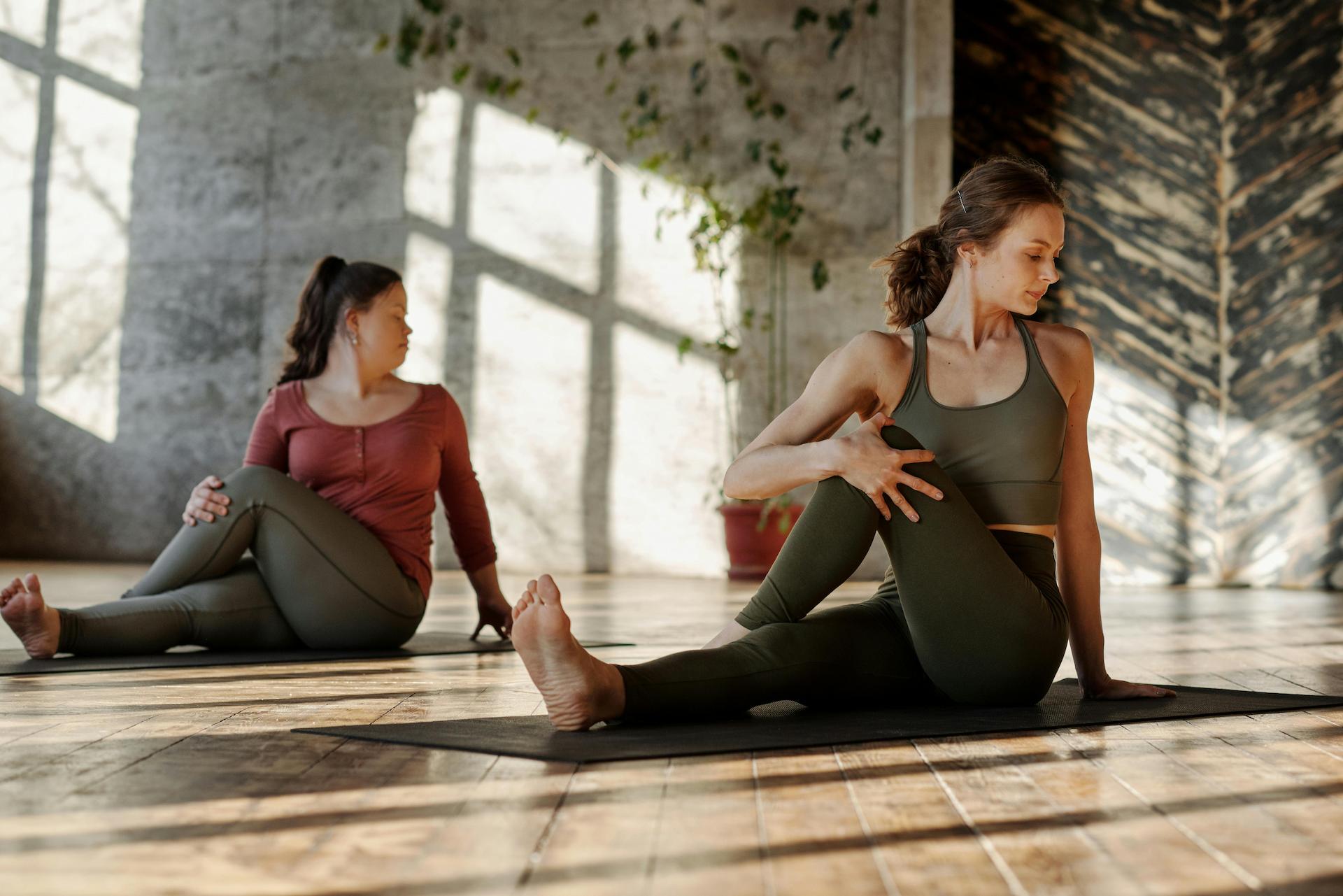Wellness activities have become a key part of corporate events, offering so many of benefits for both employees and organisations. By thoughtfully integrating these activities, companies can create a more engaging and supportive environment that promotes health and well-being. The process involves setting clear objectives, understanding participant needs, and managing budgets effectively, ensuring that each aspect aligns with the company’s broader wellness goals. Selecting the right mix of physical, mental, and virtual wellness options can significantly boost participation and satisfaction, fostering a culture of health within the workplace. Moreover, creating a wellness-friendly environment through mindful venue selection and healthful catering can elevate the overall experience. By carefully planning and measuring the impact of wellness activities, organisations can ensure their events contribute positively to employee morale and productivity.
Planning Wellness-Focused Events
Setting Objectives
The foundation of any successful wellness-focused event is a clear set of objectives. These should align with the broader goals of your organisation’s wellness programme, such as reducing absenteeism, enhancing employee productivity, or improving morale. Utilising the SMART goals framework—Specific, Measurable, Attainable, Relevant, and Timely—can help in defining these objectives. For instance, an objective might be to increase employee participation in wellness activities by 20% over the next six months. By setting precise targets, we can measure the success of your wellness initiatives and make informed adjustments as needed.
Identifying Participant Needs
Understanding the needs and preferences of participants is key in designing wellness activities that resonate with employees. This involves assessing the current health and wellness interests of our workforce, which can be achieved through surveys or focus groups. For example, some employees might prefer physical activities like yoga or Zumba, while others might be more interested in nutrition workshops or mental health seminars. By tailoring activities to meet these diverse needs, you can foster a more inclusive and engaging environment that encourages participation and supports a culture of health.
Budgeting for Wellness Activities
Budgeting is a critical component of planning wellness-focused events. We must allocate resources effectively to ensure that wellness activities are both impactful and sustainable. This involves considering the costs associated with various activities, such as hiring instructors for fitness classes or purchasing materials for workshops. Additionally, we might explore options like gym memberships or fitness subsidies as part of our benefits package, which can enhance employee engagement and well-being. By carefully managing the budget, we can maximise the return on investment from our wellness initiatives.
Partnering with Wellness Professionals
Collaborating with wellness professionals can significantly enhance the quality and effectiveness of corporate wellness events. These experts bring valuable insights and expertise that can help tailor programmes to meet the specific needs of your organisation. Successful partnerships require open communication, trust, and a shared vision. By establishing clear expectations and regularly evaluating progress, you can ensure that your wellness initiatives align with your goals. Furthermore, wellness professionals can provide customised programming and consulting services, offering a comprehensive approach to employee well-being that optimises resources and fosters a healthier, more engaged workforce.

Choosing Appropriate Wellness Activities
Incorporating wellness activities into corporate events can significantly enhance employee well-being and productivity. Selecting the right activities is vital to ensure they resonate with participants and effectively promote health and wellness. Here are some categories of wellness activities to consider:
Physical Wellness Activities
Physical activities are essential for wellness programmes, offering numerous benefits for both physical and mental health. Organising a sports game can foster team spirit and encourage an active lifestyle among employees. Similarly, arranging group walks or hikes provides an opportunity for colleagues to bond while engaging in physical exercise. These activities not only promote fitness but also help reduce stress and improve mood.
Another popular option is hosting an office yoga day. Yoga combines movement with mindfulness, making it an excellent choice for alleviating stress and enhancing mental clarity. Additionally, consider hiring a mobile massage therapist to provide on-site massages, which can help ease physical tension and promote overall relaxation.
Mental Wellness Programs
High-stress work settings can lead to burnout and other mental health issues, so it’s important to offer activities that address these challenges. Mindfulness breaks, where employees engage in guided meditation or breathing exercises, can be integrated into the workday to help manage stress levels.
Stress reduction workshops led by mental health professionals can equip employees with strategies to handle stress effectively. These sessions can be invaluable in teaching employees how to maintain control over their stress, ultimately leading to a more cohesive and productive team. Additionally, creating a tranquil “zen zone” within the workplace can provide a peaceful retreat for employees to unwind and recharge.
Nutrition and Lifestyle Workshops
Educating employees about nutrition and healthy lifestyle choices can have a lasting impact on their well-being. Hosting a “Lunch & Learn” session is an effective way to introduce wellness topics during lunch breaks. Invite guest speakers to discuss subjects such as nutrition, exercise, or sleep, providing practical tips that employees can incorporate into their daily lives.
Workshops focusing on nutrition and lifestyle can empower employees to make informed choices that enhance their health. These sessions can cover a range of topics, from meal planning and healthy eating habits to the importance of regular physical activity and adequate rest.
Virtual Wellness Options
In today’s digital age, virtual wellness options offer flexibility and accessibility, making them an attractive choice. Virtual mindfulness sessions, online yoga classes, and digital stress management workshops can be easily integrated into employees’ schedules, allowing them to participate from the comfort of their own space.
These virtual activities can be particularly beneficial for remote teams or organisations with multiple locations, ensuring that all employees have access to wellness resources. By offering a variety of virtual options, companies can cater to diverse preferences and needs, promoting a culture of wellness that extends beyond the physical workplace.

Integrating Wellness into Event Schedules
Incorporating wellness activities into corporate events requires thoughtful planning and integration into the event schedule. By doing so, we can create a holistic experience that promotes physical, mental, and social well-being among attendees. Here’s how to effectively weave wellness into your event itinerary.
Timing and Duration
The timing and duration of wellness activities are crucial to their success so consider scheduling these activities at times when participants are most likely to benefit from them. For instance, offering short meditation or yoga sessions in the morning can set a positive tone for the day, helping attendees to start with a clear and focused mind. Similarly, lunchtime wellness activities, such as guided mindfulness exercises or brief fitness classes, can provide a refreshing break that re-energises participants for the afternoon sessions. Ensure that these activities are of a manageable duration, allowing attendees to participate without feeling rushed or overwhelmed.
Breaks for Mindfulness and Relaxation
Incorporating breaks specifically for mindfulness and relaxation can significantly enhance the overall event experience. Designate quiet corners or meditation spaces where attendees can retreat to recharge. These areas should be equipped with comfortable seating and calming elements like soft lighting and soothing colours. During these breaks, consider offering short guided mindfulness exercises or relaxation techniques to help participants unwind and refocus. Such breaks not only promote mental well-being but also improve concentration and productivity for the remainder of the event.
Active Sessions Throughout the Day
To keep energy levels high and encourage physical activity, integrate active sessions throughout the day. Walking meetings are an innovative way to combine business discussions with physical movement, offering both cognitive and health benefits. Additionally, organising friendly competitions, such as step challenges or team sports, can foster camaraderie and motivate attendees to stay active. Providing opportunities for physical activity not only supports physical health but also enhances mental clarity and social interaction among participants.
Evening Activities and Wind-Down Sessions
As the day winds down, consider offering evening activities that promote relaxation and social connection. These could include wellness workshops, creative expression classes, or gentle yoga sessions. Such activities provide a perfect opportunity for attendees to unwind and reflect on the day’s experiences. Additionally, hosting informal gatherings or dialogue spaces in the evening can encourage open discussions on topics like mental health, fostering a supportive and inclusive environment. By ending the day with calming and engaging activities, we help attendees leave the event feeling refreshed and inspired.

Creating a Wellness-Friendly Environment
Selecting the Right Venue
Choosing a venue that naturally supports wellness is paramount. Spaces that offer outdoor terraces, balconies, or views of water can provide a refreshing change from the typical indoor setting. Natural light is another important factor, as it can boost mood and energy levels. Look for locations that incorporate green walls or gardens, which not only add aesthetic value but also promote a sense of calm and connection to nature. These elements are part of biophilic design, which taps into our innate desire to connect with the natural world. By selecting a venue that embraces these principles, you can enhance attendees’ well-being, creativity, and productivity.
Healthful Catering Options
Offering well-balanced meals that focus on slow-releasing carbohydrates can help maintain energy levels throughout the day, preventing the common mid-afternoon energy slump. Nutritious meals not only sustain attendees physically but also help them stay focused and engaged. Consider incorporating a variety of healthy options, including fresh fruits, vegetables, and whole grains, to cater to diverse dietary needs and preferences.
Relaxation and Meditation Spaces
Providing dedicated areas for relaxation and meditation can offer attendees a chance to unwind and recharge, which is especially important during long or intensive sessions. Consider setting up a “zen” lounge or meditation area where participants can escape the hustle and bustle of the event. These spaces can be tech-free zones, encouraging attendees to disconnect from their devices and focus on mindfulness.
Incorporating Nature Elements
Integrating elements of nature into the event design can have a profound impact on attendees’ well-being. Research indicates that spending time in natural environments can reduce stress and improve mental health. Incorporating textures such as wood, stone, or water into the event space can stimulate a biophilic response, encouraging attendees to interact with their surroundings. Additionally, using indigenous elements can ground participants in the local culture and create a sense of place.

Measuring Wellness Impact and Feedback
Collecting Participant Feedback
Gathering insights from participants can be achieved through various channels, including surveys, social media interactions, emails, and direct conversations. To capture a comprehensive range of opinions, employing multiple methods is advantageous, such as live polling during the event and follow-up surveys. These approaches can provide immediate reactions and allow attendees to share their thoughts while they are still fresh. Additionally, integrating feedback options into event apps or utilising physical methods like stickers or Post-It notes can encourage more participation and yield valuable insights.
Analysing Engagement and Participation
After collecting feedback, the next step is to analyse the data to assess engagement and participation levels. This involves categorising responses into themes, such as the registration process, venue, and specific wellness activities. By examining these themes, organisers can pinpoint which elements of the event were most engaging and which may require adjustments. Metrics related to participation, such as attendance at wellness sessions or usage of wellness resources, can provide a clear understanding of how well the activities were received. Establishing a baseline for participation prior to the event and comparing it with post-event data can help gauge the impact of the wellness initiatives.
Identifying Areas for Improvement
The analysis of feedback should focus on recognising areas that need enhancement to improve future events. It is important to prioritise feedback that significantly influences the attendee experience. Constructive criticism, even when it highlights shortcomings, is invaluable as it reveals opportunities for growth. Developing an action plan based on this feedback is essential, outlining specific steps to address the identified issues. Communicating these changes to attendees and stakeholders not only demonstrates responsiveness but also fosters trust and engagement for future events.
Celebrating Successes and Outcomes
While it is important to identify areas for improvement, recognising and celebrating the successes and positive outcomes of wellness activities is equally vital. Highlighting achievements, such as high participation rates or positive feedback on specific activities, reinforces the value of integrating wellness into corporate events. Sharing these successes with attendees and stakeholders can boost morale and encourage ongoing participation. Additionally, showcasing the benefits of wellness initiatives, such as enhanced employee morale, increased productivity, and improved company culture, can strengthen the business case for maintaining and expanding these programmes.
Embracing Holistic Well-Being in Corporate Events
Incorporating wellness activities into corporate events is not just a trend—it’s a strategic approach to fostering a healthier, more engaged workforce. By thoughtfully planning and integrating wellness into every aspect of the event, we create environments that support both personal and organisational growth.
From setting clear objectives and understanding participant needs, to selecting engaging activities and evaluating our success, each step plays a vital role in delivering impactful wellness experiences.
As organisations continue to evolve, embracing wellness becomes key to attracting top talent and boosting productivity. By championing these initiatives, we not only enhance employee well-being but also fortify our commitment to a sustainable future that prioritises health and happiness.







